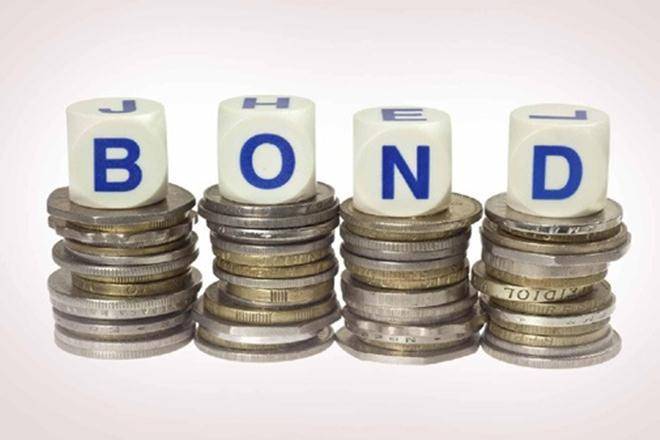Bharat Bond Exchange-Traded Fund (ETF) is a new investment option for investors in India. For those who are looking to save money for a long term, but don’t want to take a higher risk with the capital invested, Bharat Bond ETF can be an alternative investment option to choose from. Bharat Bond suits conservative investors looking for tax- effecient returns compared to bank fixed deposits.
Edelweiss Asset Management company, a Group company of Edelweiss has come out with the public issue of India’s first Corporate Bond ETF called the Bharat Bond ETF. This ETF is an initiative of the Government of India and Edelweiss AMC has given the mandate to design and manage the product. BHARAT Bond Funds of Funds (FOF) is for investors who do not have Demat accounts.
Let us now see what is Bharat Bond ETF, different types of Bharat Bond ETF, safety and costs involved in investing in them.
What is Bharat Bond ETF
As the name suggests, Bharat Bond ETF is an exchange-traded fund predominantly investing in bonds. Being an ETF, the buying and selling of the units of Bharat Bond ETF is possible during trading hours on the stock exchange. And, with underlying assets being bonds, Bharat Bond ETF will represent the debt-asset class. Importantly, there will not be any investment in equities or equity-related investments in the Bharat Bond ETF.
What will Bharat Bond ETF comprise of
The Bharat Bond ETF will comprise of bonds issued mostly by central public sector units, but bonds of other government organizations may also be part of the basket of bonds. To start with, only AAA bonds will be part of the ETF basket which means at a later stage, bonds with lower ratings may also be added to the list. As an investor, keeping track of the portfolio may, therefore, become important in the future.
What is the cost
To invest one needs a Demat account and with a minimum investment of Rs 1000, one can start investing in the Bharat Bond ETF. There is no lock-in period of the units. In addition to the annual maintenance cost of the Demat account, the cost for investing in the Bharat Bond ETF is merely 0.0005 per cent of the NAV. To put it in perspective, it translates into a charge of Rupee 1 on an investment of Rs 2 lakh.
Types of Bharat Bond ETF
There are 2 series of Bharat Bond ETF – 3 years Series and 10 years Series. Each of the Series ( 3 or 10 years) will have its own specific maturity date and track the underlying index by matching the average maturity of the Index. The two indices are Nifty BHARAT Bond Index April 2023 and Nifty BHARAT Bond Index April 2030, representing the 3-year maturity and 10-year maturity, respectively.
For example, the Nifty BHARAT Bond Index April 2023 will have its maturity date as April 15, 2023, and the bonds within the index or the ETF will mature within 12 months prior to the maturity date of the index. Similarly, the Nifty BHARAT Bond Index April 2030 will have its maturity date as April 15, 2030 and the bonds within the index or the ETF will mature within 12 months prior to the maturity date of the index.
How safe is Bharat Bond ETF
As far as safety is concerned, the bonds are issued by government companies and thus default on the principal amount by the government to its bond investors can be easily ruled out. Even a default on interest payment by central government bonds is non-existent. If you as an investor hold your investment in Bharat Bond ETF till maturity, the returns will be largely in line with the yield that is known to you on the investment date. However, being ETF, the return is neither assured nor guaranteed to the investors.
How much return can be expected from Bharat Bond ETF
The returns will depend on the holding period of the ETF units. If the investor holds Bharat Bond ETF units till maturity, the return may be close to the indicated yield of the Index at the time of investment. If, however, the investor exits or redeem the units in the stock market before maturity, the return can be higher or even lower than the indicative yield. As on December 5, 2019, the annualised yield on Nifty BHARAT Bond Index April 2023 was 6.69 per cent, while the annualised yield on Nifty BHARAT Bond Index April 2030 was 7.58 per cent.
Bharat Bond ETF taxation
The taxation of Bharat Bond ETF will be similar to debt funds. So, while the gains on transfer of units within 36 months will get added to one’s income and taxed as per one’s income slab, the gains made after 3 years will be subject to a tax rate of 20 per cent after indexation. Thus, Bharat Bond ETF holds tax advantage over bank fixed deposits and other fixed-income taxable investments where the interest income is added to one’s income irrespective of the holding period.


